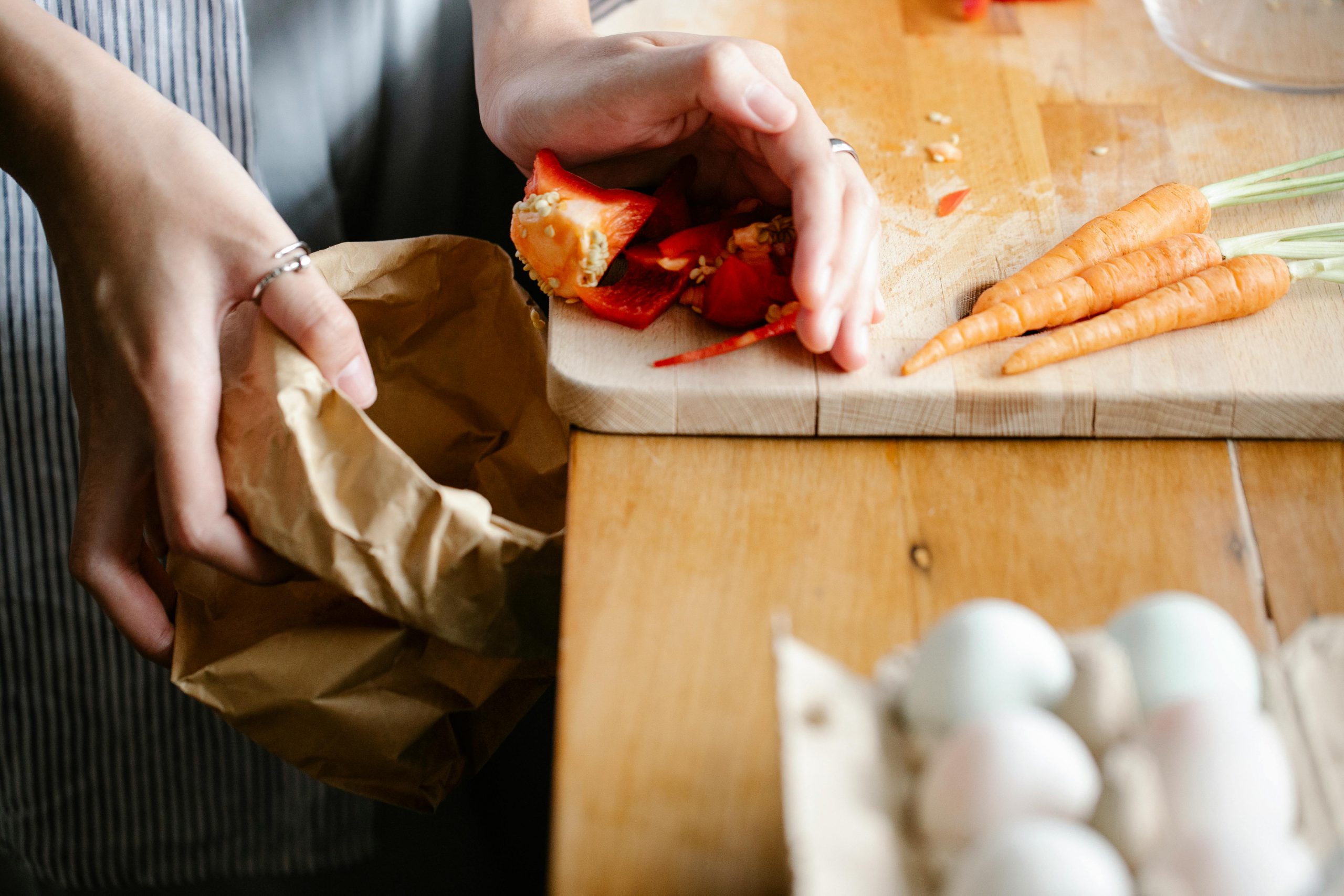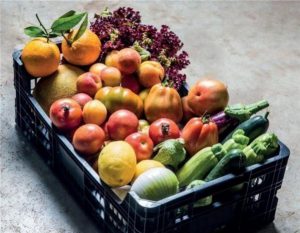
- Readers Rating
- No Rating Yet!
- Your Rating
What is Food sharing ? is an increasingly popular practice that consists of sharing food with others in order to reduce food waste, promote sustainability, and build stronger communities. The idea is simple: food that would otherwise be thrown away can get a second chance by reaching someone who needs it or will simply enjoy it before it spoils.
Unlike traditional food donations, food sharing does not always require intermediaries. It can involve individuals sharing surplus food, restaurants offering unsold items, supermarkets redistributing products close to their expiration date, or organized initiatives through mobile apps and online platforms.
The concept not only has a positive environmental impact, but also creates social and economic benefits. Communities that embrace food sharing develop support networks, encourage responsible consumption habits, and save money by making better use of available food resources.
History of Food Sharing
The origins of food sharing can be traced back to community and sustainability movements that began in Europe and the United States during the early 2000s. With rising awareness of food waste and environmental issues, initiatives emerged to connect those with surplus food to people who could use it.
One of the key milestones was the creation of Too Good To Go in Denmark in 2015, an app that allows restaurants and supermarkets to sell surplus food at reduced prices. At the same time, local freegan movements and food exchange networks appeared in cities like Berlin, London, and Paris, showing that it was possible to reduce waste while also strengthening social bonds.
In Spain, interest in food sharing began to grow in the mid-2010s, driven by both digital platforms and local community projects focused on redistributing food among neighbors and social associations.
How to Start Food Sharing
Food sharing can be practiced in different ways, depending on whether it is informal or part of an organized initiative:
-
Among individuals: People share extra food at home with friends, family, or neighbors. This can include fruit, vegetables, bread, cooked meals, or any item still safe to consume.
-
Through mobile apps: Platforms like Too Good To Go, Olio, or ShareTheMeal connect restaurants, supermarkets, and individuals with those looking to receive food at a lower price—or even for free.
-
Through food banks and NGOs: While closer to traditional donation, many organizations collaborate with food sharing initiatives to redistribute perishable goods more quickly.
-
Community events: Local food markets or sharing events allow neighbors to exchange or give away food they will not consume.
The key to successful food sharing is planning and communication. Food must be in good condition, safe to eat, and recipients should be informed about how to handle and store it properly.
Best Practices for Food Sharing
To make food sharing safe and effective, follow these guidelines:
-
Check expiration dates: Never share food that is spoiled or past its use-by date.
-
Maintain hygiene: Wash fruits and vegetables properly, and store cooked foods at safe temperatures.
-
Communicate clearly: Inform recipients about ingredients, allergens, and storage instructions.
-
Use trusted apps: Platforms like Too Good To Go and Olio include verification systems to ensure safe exchanges.
-
Start small: Begin by sharing with family or close friends before moving to larger community or digital initiatives.
-
Promote sustainability: Use food sharing as an opportunity to educate others about responsible consumption and food waste reduction.
Food Sharing in Spain
Yes, food sharing is growing in Spain, particularly in cities like Madrid, Barcelona, Valencia, and Seville. Some of the most common ways it is practiced include:
-
Mobile apps: Too Good To Go and Olio are widely used to connect restaurants with consumers looking to buy surplus food at a discount.
-
Local initiatives: Community groups and associations promote neighborhood food redistribution or organize community meals.
-
Events: Solidarity food markets and exchange events allow people to share fresh produce, bread, or prepared meals.
Additionally, many supermarkets and restaurants in Spain have joined the movement by donating food close to its expiration date or offering special deals to prevent waste.

The Positive Impact of Food Sharing
The benefits of food sharing can be grouped into three areas:
-
Environmental: Reduces food waste, lowers carbon footprint, and decreases unnecessary food production.
-
Economic: Helps both givers and receivers save money by making the most of available resources.
-
Social: Builds stronger communities, fosters solidarity, and supports vulnerable groups by redirecting food to those in need.
Food sharing also encourages mindful consumption habits, better meal planning, and greater appreciation of food resources.
Food sharing is much more than just giving away food—it is a movement that combines sustainability, solidarity, and responsibility. By participating, you not only help reduce food waste, but also contribute to stronger, more conscious communities.
Whether through apps like Too Good To Go or Olio, local events, or simply sharing with neighbors, anyone can be part of this growing global trend. Food sharing creates a positive impact on society, the economy, and the environment—one meal at a time.
Stay tuned to our mentta blog for the latest updates on gastronomy, food sustainability, and smart ways to enjoy what’s on your plate.


